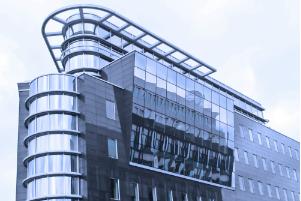 The air conditioning industry plays a fundamental role in the search for the operational efficiency of buildings. by Alejandra García Vélez
The air conditioning industry plays a fundamental role in the search for the operational efficiency of buildings. by Alejandra García Vélez
The environmental impact of the buildings is undeniable. For example, if you take data from the United States as a reference, it is possible to discover that buildings consume about 72% of all electrical energy generated and represent about 40% of total energy consumption in that country. Likewise, 38% of CO2 emissions correspond to those generated by buildings.
Taking into account the above, it is not surprising that the "green" trend also reached this type of establishment, nor that more and more projects are being developed that seek to improve the performance of a building, whether new or existing, to make it more efficient. To achieve this, it is necessary to implement different strategies, which together allow to achieve a better energy performance and a lower impact on the environment. In that sense, the LEED certification (Leadership in Energy and Environmental Design), has become, since its creation by the Green Building Council of the United States (USGBC), in the parameter par excellence. In this scenario, professionals in the air conditioning industry, as well as those who work in the field of building automation, are a fundamental part of the process that allows for properties with better performance. The basics
ACR LATIN AMERICA consulted two experts in the field of LEED certification to share an overview of the requirements and delve into the current situation in Latin America in this field. Speaking with José Luis Correa, director of energy efficiency at Manco Ltda, he shared his definition of LEED certification and why it is important in current constructions. In the first place, he assured that "the certification consists of the fulfillment of a set of characteristics that define a construction as a place that provides comfort and well-being to its occupants, through the efficient consumption of resources, and generating the least footprint in the environment".
While, on the second aspect, I do not hesitate to point out that its importance lies in the need to ensure compliance with parameters that will provide a highly productive, socially responsible space, with low operating costs and that contributes to the profitability of its economic activity. For his part, Oscar Silva, commercial vice president of EBC Ingeniería S.A.S., said that it is necessary to optimize the consumption of buildings, especially if it is taken into account that operating costs translate into energy consumption bills and impact on the environment. Moving on to the components of LEED certification, there are six parameters that are evaluated to grant accreditation. These elements are sustainable places, water, energy and atmosphere efficiency, innovation in design, interior environmental quality and materials and resources. The selection of the place, as well as the impact on the surroundings is evaluated in the section of sustainable places. The USGBC promotes development in previously built locations, rewards the minimization of the impact of buildings on ecosystems and water currents, the existence of adequate transportation options, the control of stormwater runoff; in addition, it promotes the reduction of erosion, light pollution, the heat island effect and polluting construction practices.
As for water efficiency, it seeks to promote an adequate use of this resource, both inside and outside the building. Some of the strategies promoted for the above are the installation of accessories and more efficient taps or the optimization of irrigation or the optimization of irrigation systems. On the other hand, strategies to optimize energy consumption, among which are monitoring, high-performance construction and design, the use of efficient appliances, sustainable lighting systems and the use of renewable and clean energy sources, are part of the energy and atmosphere chapter. While the issue of indoor air quality seeks to promote strategies that improve the comfort of the occupants, as well as natural lighting designs, with visual access to outdoors and with optimal acoustic performance. Likewise, in the topic of materials and resources, the selection of products and materials, grown, harvested, produced and transported in a sustainable way, is encouraged, in addition to promoting the reduction of waste, reuse, recycling, and the reduction of waste at the time of manufacture of the product. Finally, the theme of innovation in design rewards projects that use innovative technologies and strategies to improve the performance of a building, beyond those required by LEED certification. Each of these six areas contributes a certain number of points, for a total of 100 possible, which allow access to one of the four levels of certification: Certificate, if 40 to 49 points are obtained, Silver, with between 50 and 59 points, Gold, if between 60 and 79 points are reached or Platinum, with 80 points or more. These points are distributed as follows: for the chapter of sustainable places can be reached up to 26 points, 10 for water efficiency, 35 for energy and atmosphere, 14 for the section of materials and resources, 15 in the area of air quality and 6 for innovation and design. The role of industry
José Luis highlighted the role of the verification and monitoring elements used in building automation systems, for their role in ensuring that the parameters required in the LEED reference guide are fully complied with. The professional also talked about the chapters most related to the industry. As for the requirements in the area of energy and atmosphere, Correa recommends having the commissioning team working as soon as possible on the project, since it is in charge of verifying that all systems are planned, designed, installed, tested, operated and maintained in a way that meets the needs of the project owner. He also insisted on the need to architecturally design a building whose shape, orientation, materials and operating characteristics stimulate low energy uses in the activities of its occupants. In addition, strategies such as the use of natural lighting, ventilation and natural air conditioning should be implemented to seek to minimize the needs of lighting, air conditioning and ventilation. The issue of equipment is very important, in that sense it is ideal to use high efficiency electromechanical equipment, which meet the requirements of ASHRAE 90.1 in terms of the energy standard in buildings. Similarly, use air conditioning and fire control equipment that does not have CFCs. In addition to the above, it is necessary to install systems that operate under renewable energy, such as wind or solar, as well as provide monitoring and recording equipment at the central or local level; either BMS (Building Management System) or BAS (Building Automation System).
It is important to note that this chapter includes three prerequisites which are: fundamental requirements of energy systems in buildings, minimum energy efficiency and management of fundamental refrigerants. On the subject of indoor air quality, the prerequisites are twofold: minimum efficiency and control of environmental tobacco smoke. Therefore, it is necessary to prohibit smoking in the building and surrounding areas, as well as to design the air conditioning and ventilation system according to the requirements of ASHRAE 62.1 and ASHRAE 55. In addition, Correa recommends establishing an air quality control plan during construction, using materials with low emission of volatile organic compounds and, finally, facilitating the control of the thermal environment and lighting by users. To highlight
In the region
One of the questions that can be asked is whether a system designed in the United States has applicability in Latin American countries. The answer is yes. Not only does it bring the environmental benefits already mentioned, but it is also fundamental in the path of economic competitiveness that the region travels. Silva, for example, pointed out that more than 80% of the new buildings in which multinational companies are established, are being built under these standards. For his part, Correa said that "constructions have a great global impact that affects us all, so whatever the environmental certification system, wherever it is applied, it will surely bring benefits." The interviewee also highlighted that LEED is the most widespread environmental certification for buildings in Latin America, but that there are also others such as Green Star or BREEAM (BRE Environmental Assessment Method). In addition, he stressed that Latin America contributes 11% of all projects outside the United States certified with LEED and 20% of those who aspire to obtain it, according to USGBC data. To highlight
New vs existing building
The LEED certification contemplates different types of buildings and has guides for each one. There are, among others, the LEED-NC guide for new construction and major renovations; LEED for schools and health centers, laboratories; LEED-EB for operation and maintenance in existing buildings, LEED-CI for interior remodeling in commerce, LEED-H for housing or LEED-ND for development of urbanizations. Regarding the differences between LEED for new construction and LEED for operation and maintenance, Correa pointed out that "one focuses on good maintenance practices and operating characteristics, while LEED certification for new buildings focuses on providing optimal design with good construction practices."










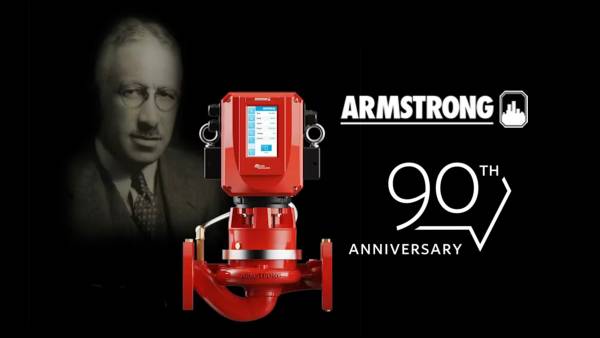
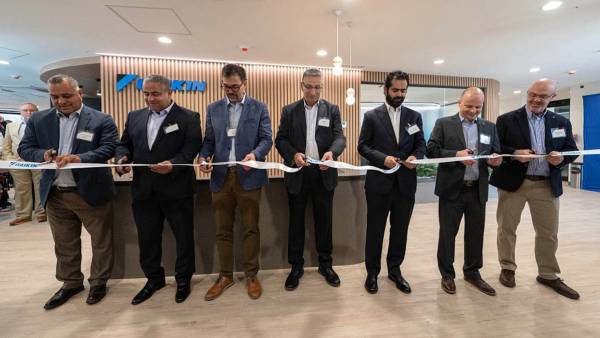
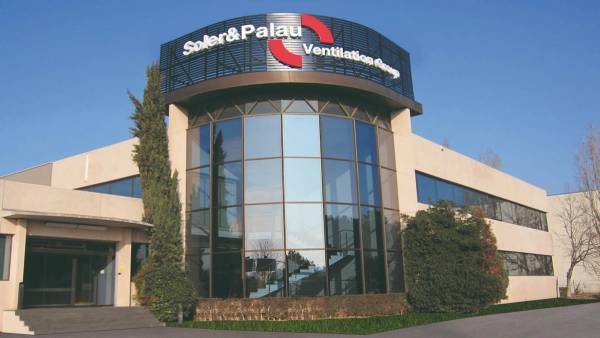

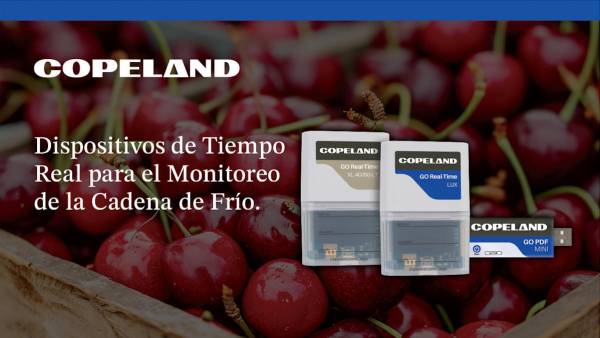
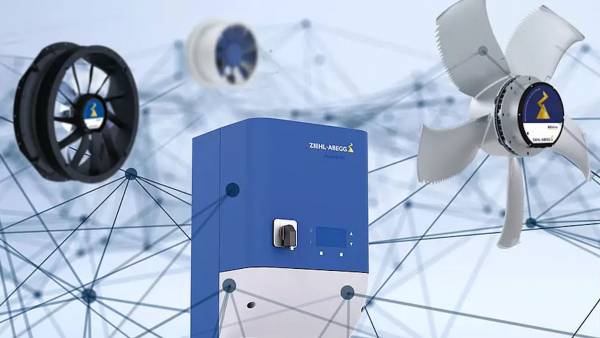
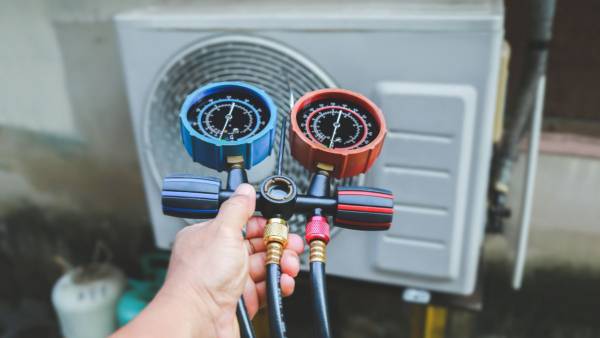







Leave your comment